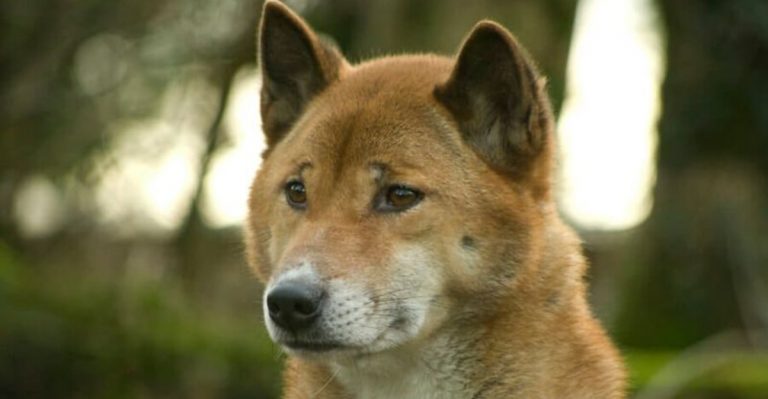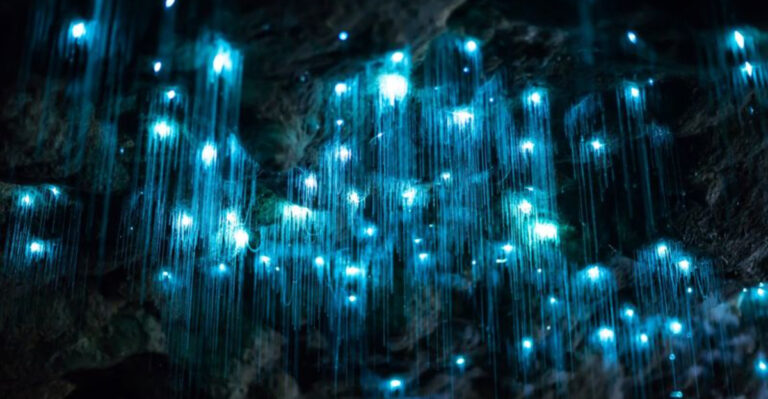14 Rare Birds In America Every Birdwatcher Dreams Of Spotting
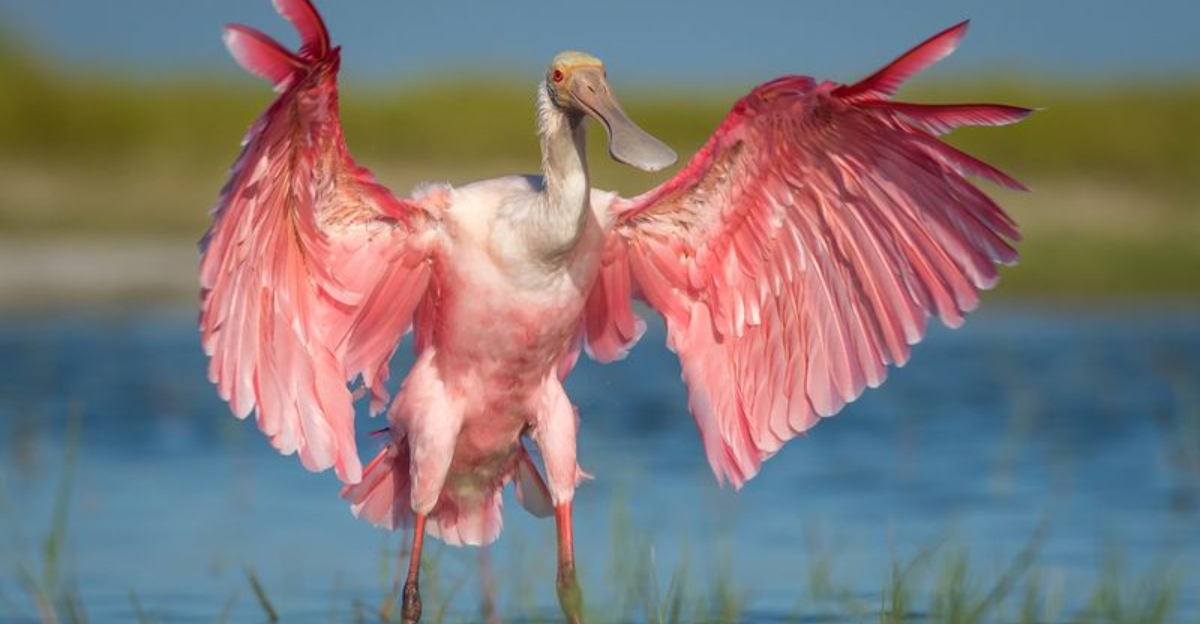
Bird watching transforms into a thrilling treasure hunt when rare species are involved. Across America’s diverse landscapes, from dense forests to coastal wetlands, elusive birds captivate the imagination of dedicated birdwatchers.
These rare avian wonders represent both the fragility of our ecosystems and the triumph of conservation efforts, making each sighting a moment of pure magic for those lucky enough to witness these feathered gems in their natural habitat.
1. California Condor
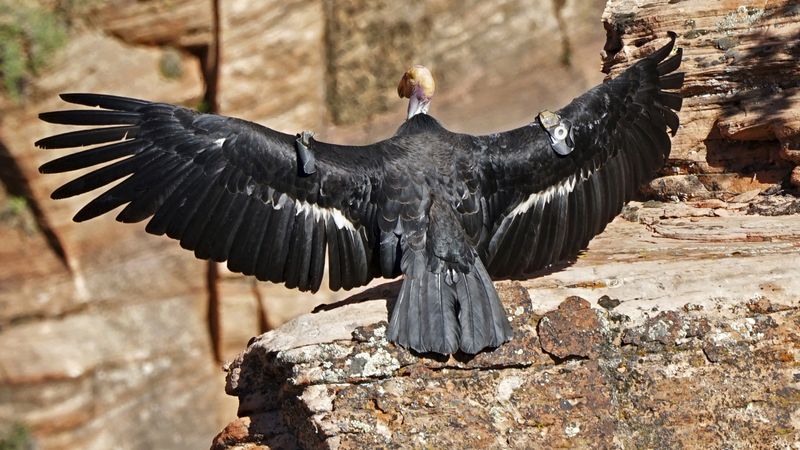
North America’s largest flying bird soars once again after nearly vanishing forever. With a massive 9-foot wingspan, these prehistoric-looking vultures glide on thermal currents across California and Arizona skies.
Brought back from just 22 individuals in the 1980s, today over 300 exist thanks to intensive breeding programs. Each bird wears numbered wing tags, making individual identification possible during rare sightings.
2. Ivory-Billed Woodpecker
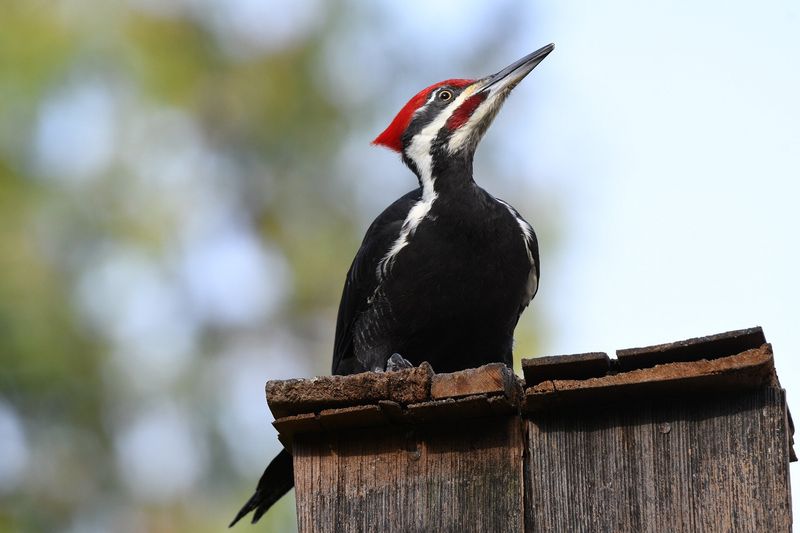
Known as the ‘Lord God Bird’ because of exclamations made upon sighting it, this magnificent woodpecker may represent birdwatching’s holy grail. Standing nearly 20 inches tall with striking white bills and blazing red crests, these birds once dominated old-growth forests.
Despite being officially declared extinct in 2021, tantalizing reports of possible sightings keep hope alive among dedicated searchers combing southern swamps.
3. Kirtland’s Warbler
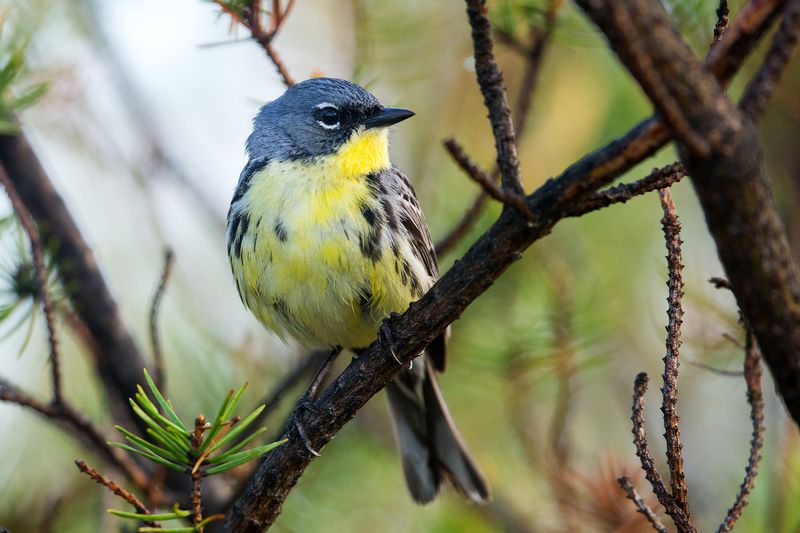
Sunshine yellow bellies flash through young jack pine forests as these rare songbirds dart between branches. Incredibly picky about their habitat, they nest exclusively under 5-20 year old jack pines growing in sandy soil.
Their population plummeted to just 167 singing males in 1987. Thanks to careful forest management and cowbird control, their numbers have rebounded dramatically, creating one of conservation’s greatest success stories.
4. Whooping Crane
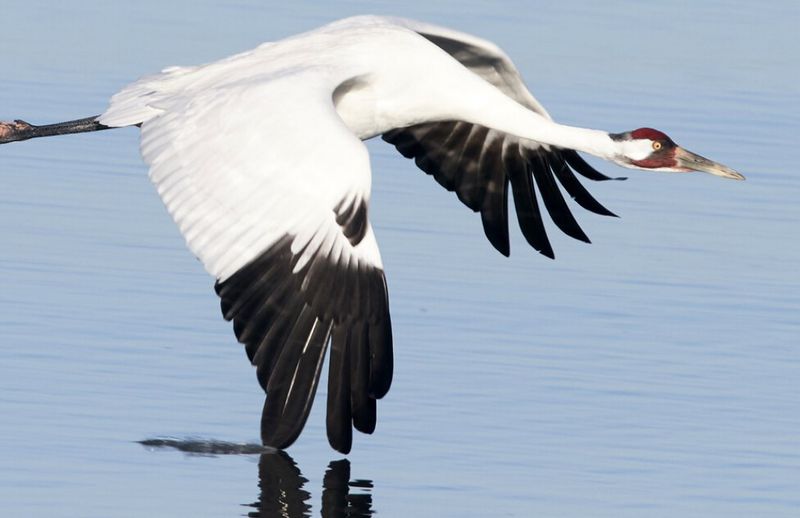
Standing majestically at five feet tall, these snow-white giants with black wingtips represent America’s tallest bird. Their haunting bugle calls can carry for miles across wetlands and prairies.
From just 15 birds in 1941, today’s population hovers around 500. Young cranes learn migration routes by following ultralight aircraft flown by humans in crane costumes – a bizarre but effective conservation tactic that showcases our dedication to saving these magnificent birds.
5. Red-Cockaded Woodpecker
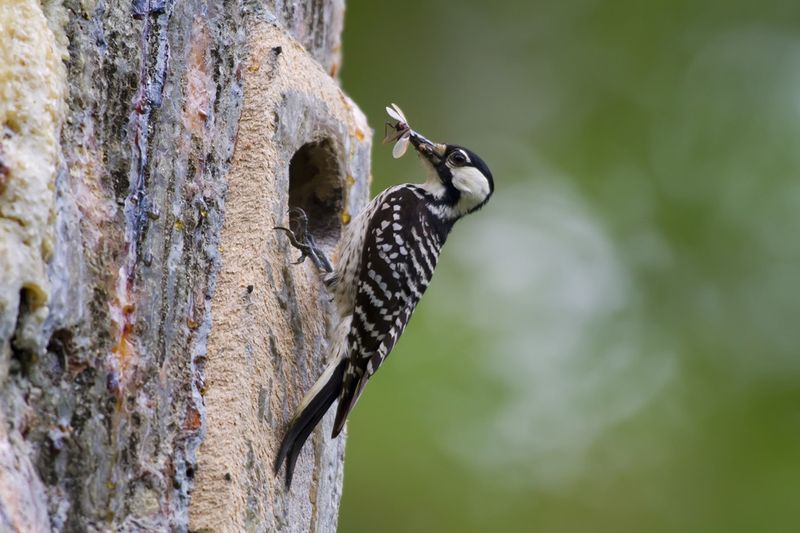
Masters of cooperative living, these small woodpeckers create elaborate multi-generation family compounds within living pine trees. Almost invisible red streaks (cockades) behind their eyes give them their name, though you’ll need binoculars to spot this feature.
Unlike other woodpeckers, they drill nest cavities in living pines affected by heart rot fungus. The trees respond by secreting sticky resin that flows around the cavity entrance, creating a protective barrier against predatory snakes.
6. Least Tern
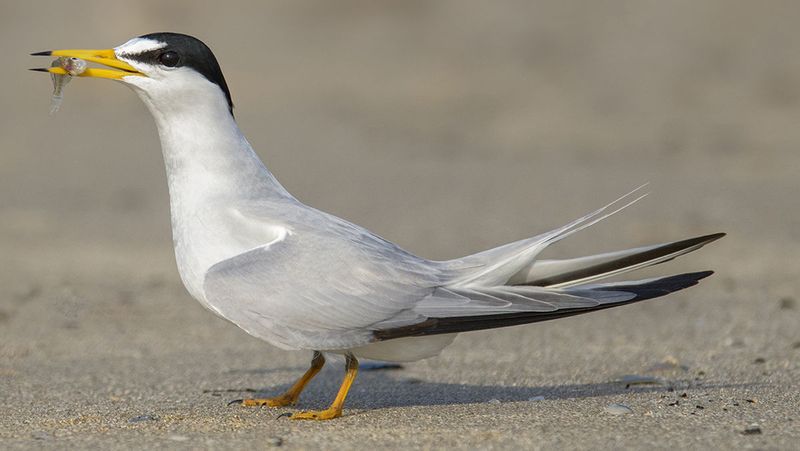
Barely larger than a robin, these diminutive seabirds perform aerial ballets above coastal waters. Yellow bills tipped in black and distinctive white foreheads make identification possible even for novice birders.
Nesting directly on sandy beaches puts them in constant conflict with beachgoers and development. Some colonies have adapted by nesting on gravel rooftops in coastal cities, showing remarkable flexibility in the face of habitat loss.
7. Black-Footed Albatross
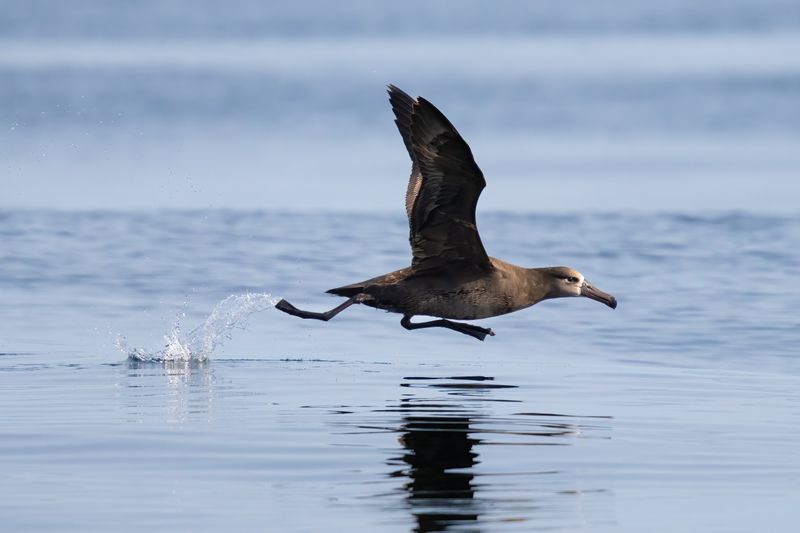
Ocean wanderers with seven-foot wingspans, these seabirds spend years without touching land. Chocolate-brown plumage and pale facial markings distinguish them as they glide effortlessly above Pacific waves, sometimes following ships for days.
Mating for life, pairs perform elaborate courtship dances on remote Hawaiian islands. Their extreme longevity (up to 40 years) makes them particularly vulnerable to fishing line entanglement and plastic ingestion.
8. Roseate Spoonbill
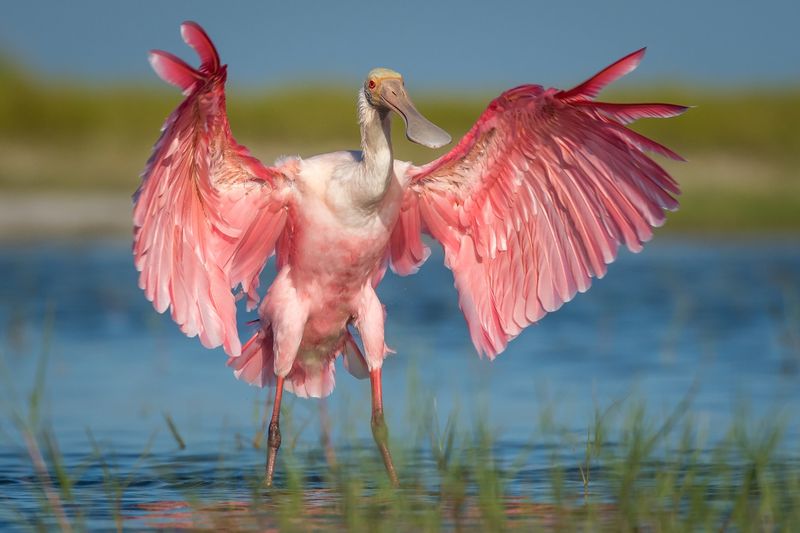
Flamingo-pink feathers and a spatula-shaped bill make this wading bird look like something from a Dr. Seuss book. Early morning light transforms them into living cotton candy as they sweep their specialized bills through shallow waters.
Once hunted to near extinction for their gorgeous plumes, they’ve made a remarkable comeback in Florida’s wetlands. Spotting a flock feeding at sunset ranks among North America’s most breathtaking wildlife spectacles.
9. Golden-Cheeked Warbler
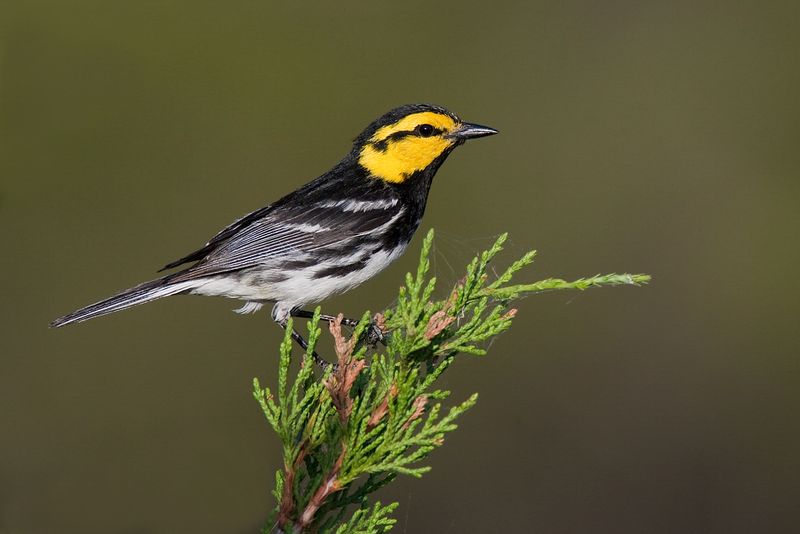
Texas’ only endemic breeding bird sports brilliant yellow face patches contrasting against jet-black throats. These tiny migrants travel all the way from Central America to nest exclusively in mature juniper-oak woodlands of the Texas Hill Country.
Their nests require strips of bark from mature Ashe junipers, creating an absolute dependency on old-growth forests. Urbanization around Austin threatens their limited breeding habitat, making each sighting particularly special for dedicated birders.
10. Piping Plover
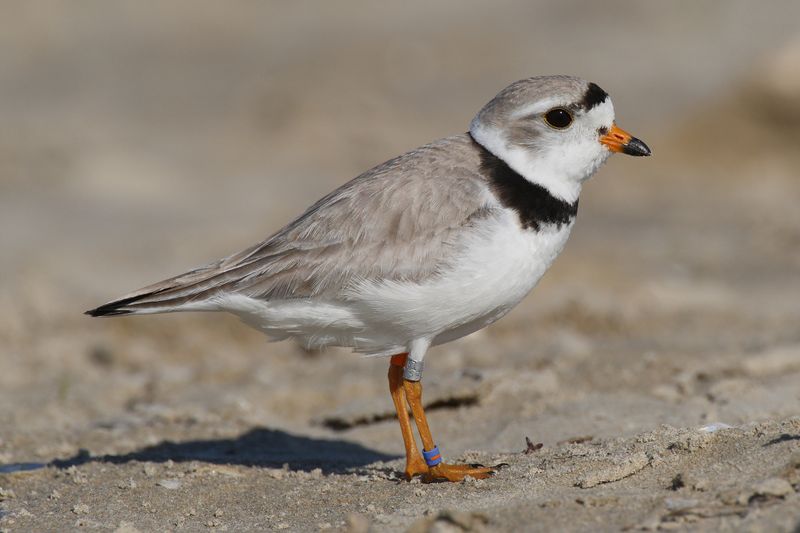
Sand-colored ghosts scurry along shorelines, perfectly camouflaged against pale beaches. These small shorebirds wear black necklaces and orange legs that flash as they dash between waves on Atlantic and Great Lakes beaches.
Their nests are simply scrapes in the sand, making them extremely vulnerable to beachgoers and predators. Dedicated volunteers rope off nesting areas each spring, standing guard over these vulnerable birds whose total population hovers around 8,000 individuals.
11. Ferruginous Hawk
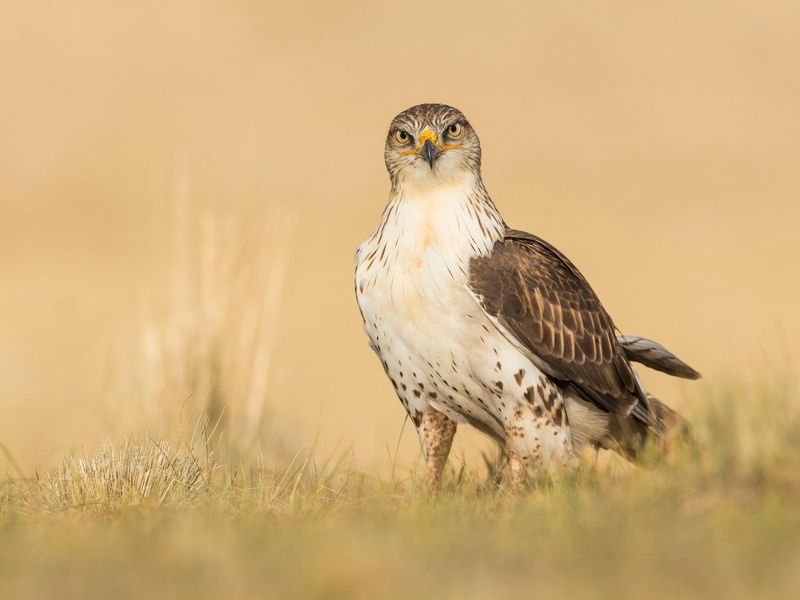
Prairie skies become electric when North America’s largest hawk takes flight. Rust-colored legs and backs (ferruginous means “rust-colored”) contrast dramatically with snow-white underparts as they patrol grasslands for prey.
Masters of adaptation, these hawks build enormous stick nests on everything from cliffs to abandoned farm equipment. Their populations fluctuate with prairie dog numbers, making conservation of these rodent colonies crucial for the hawks’ survival in America’s diminishing grasslands.
12. Short-Tailed Albatross
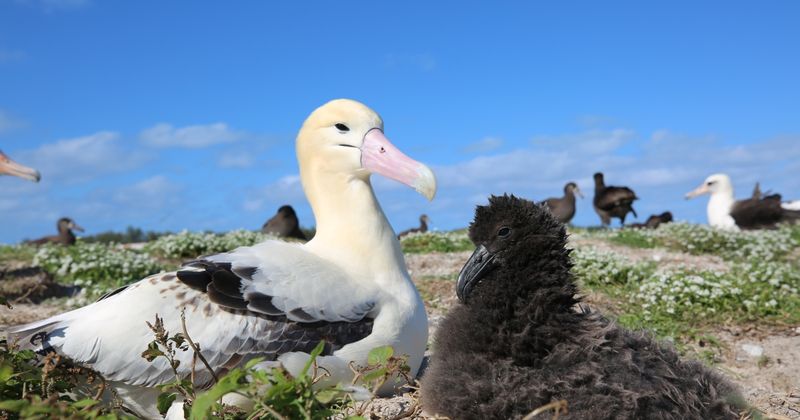
Golden-washed heads and massive pink bills make these seafarers unmistakable when spotted from whale-watching boats. Once numbering in the millions, feather hunters reduced them to just 40 birds by the 1940s.
Japan’s volcanic Torishima Island hosts most breeding pairs, though a few have established nests in Hawaii. Seeing one of these critically endangered mariners, which can live over 40 years, represents the pinnacle achievement for many seabird enthusiasts.
13. Black Rail
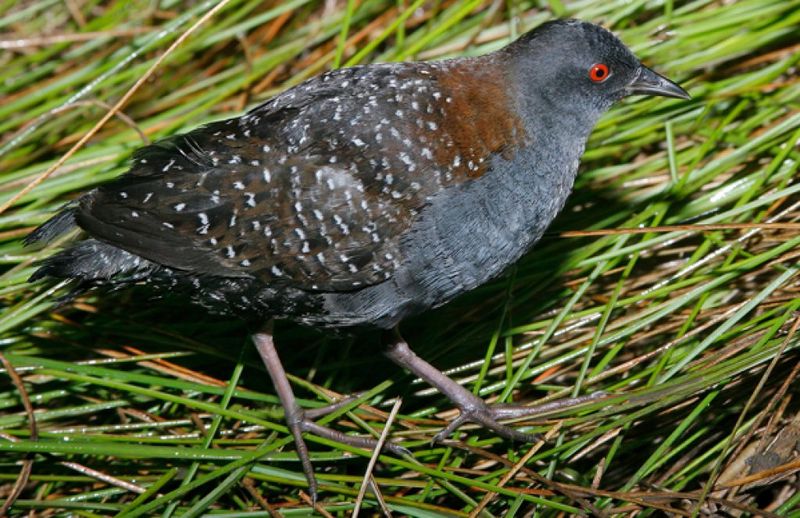
“Mouse with feathers” perfectly describes America’s most elusive bird. Smaller than a sparrow with red eyes and speckled black plumage, these secretive marsh-dwellers rarely fly, preferring to scurry through dense vegetation like tiny phantoms.
Their distinctive “kik-kik-kerr” calls pierce the darkness of coastal marshes, offering the only evidence of their presence for most birders. Climate change and coastal development threaten their already fragmented wetland habitat, making each rare sighting increasingly precious.
14. California Spotted Owl
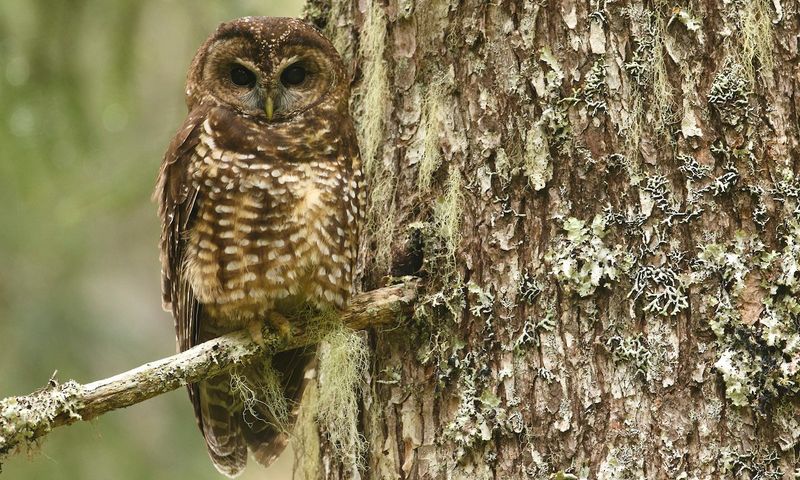
Dark chocolate eyes peer from moon-like faces as these nocturnal hunters survey ancient forests. Unlike their northern cousins, California’s spotted owls haven’t received the same level of protection, making their future uncertain.
Their distinctive “hoo-hoo-hooooo” calls echo through Sierra Nevada forests at dusk. Finding one requires incredible patience, specialized knowledge of their territories, and often guidance from experienced local birders who guard their locations like precious secrets.





